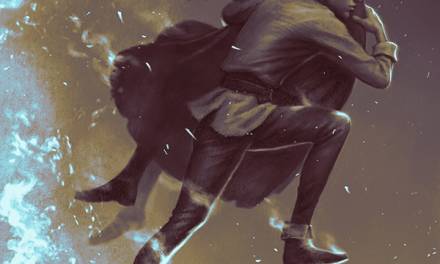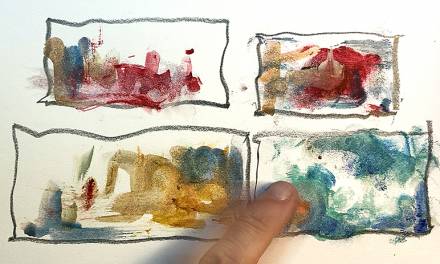Hey everyone, I’m very excited to step aside for a week and let Zoë Robinson, a fellow Art Director I consider the queen of reference, take the helm for a post I’ve been begging her to do for ages now. In fact, it should probably be a whole series, but let’s start here.
One of the most important skills any creative can have is the ability to do internet searches. Whether it’s a hunt for reference images or an Art Director’s contact info, the web is your #1 research tool. It’s not infrequent that we can recognize what exact reference image an artist used from google — because we also saw it when we were collecting material for the project. That means you’re not trying hard enough. Don’t be a lazy internet ninja! Dig deeper for the good stuff. Learn to think more creatively. Come at concepts sideways. Do these things and the internet will be your oyster.
Often, Art Directors refer to good internet research skills as “Google-Fu” — and it’s a great life skill in our day and age for lots of things, not just art references. People in portfolio reviews and at talks I give and on Dear AD have been asking exactly what we mean when we refer to Google-Fu, and I can think of no one better to explain it. Take it away, Zoë!
“Google-Fu” is a phrase that I throw around a lot. Like Wire-Fu, but for Google. It’s a satisfyingly concise way to say “lateral thinking strategies as applied to using a search engine.”
Lateral thinking (https://en.wikipedia.org/wiki/Lateral_thinking) is creative problem solving; a classic example being the 9 point puzzle: Connect all these points with 4 straight lines, without lifting your mark making tool
Which, it’s good to see how other people have solved the problem! Still, avoid interpreting an interpretation. Outside of using an approved original concept given to you by the client, using someone else’s art as reference is generally boring, stifles your own style, and can get you into sticky contractual situations (your contract is also a promise not to plagiarize).
Other ice-esque searches… “Frost”? “Winter ice” “Frozen ice” Okay, it’s clear coming at this in a general way isn’t getting us what we need.
Ah-HA! THIS seem more worth my time to burrow through and explore. And it’s broad enough to give you lots of different angles of similar shapes in similar situations. This is a very basic, purely visual example. Here’s another one:
If you’ve got a strong stomach, go ahead and check it out. Could make for some pretty great wounded ground.
And if you are a lazy internet researcher, and have the bad judgement to complain that you can’t find good reference material, or can’t find something online your ADs know is easy to find, then know they are probably rolling their eyes at you. Or worse…








Thank you so much for this post. This is brilliant! Its always wonderful to see a different take on what is often such a taken for granted aspect of illustration. I would be very interested in seeing more posts on “Google Fu.”
Great advice, Zoe!
That was gross! (and delightfully reminded me of my late grandfather, the dental microbiologist)! XD Thank you so much, Zoe, for the helpful article! I'm going to use this lateral thinking to develop my “Google-fu” in no time.